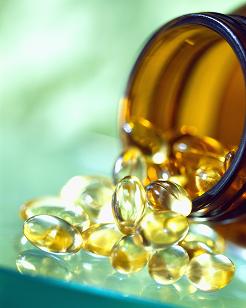The below question is answered by The Center For Natural Breast Reconstruction team:
I’m considering implant-based breast reconstruction. My surgeon mentioned a “risk of capsular contracture.” What exactly is that?
Capsular contracture is an abnormal response of the immune system to foreign materials in the human body. Medically, it occurs mostly in context of the complications from breast implants and artificial joint prosthetics.
The occurrence of capsular contraction follows the formation of capsules of tightly-woven collagen fibers, created by the immune response to the presence of foreign objects surgically installed to the human body, e.g. breast implants, artificial pacemakers, orthopedic prostheses; biological protection by isolation and toleration. Capsular contracture occurs when the collagen-fiber capsule tightens and squeezes the breast implant; as such, it is a medical complication that can be very painful and discomforting, and might distort the aesthetics of the breast implant and the breast.
Although the cause of capsular contracture is unknown, factors common to its incidence include bacterial contamination, rupture of the breast-implant shell, leakage of the silicone-gel filling, and hematoma.
Moreover, because capsular contracture is a consequence of the immune system defending the patient’s bodily integrity and health, it might reoccur, even after the requisite corrective surgery for the initial incidence.
The degree of an incidence of capsular contracture is graded using the four-grade Baker scale:
• Grade I — the breast is normally soft and appears natural in size and shape
• Grade II — the breast is a little firm, but appears normal
• Grade III — the breast is firm and appears abnormal
• Grade IV — the breast is hard, painful to the touch, and appears abnormal
–The Center for Natural Breast Reconstruction team
Loved this post? Why not like us on Facebook?















